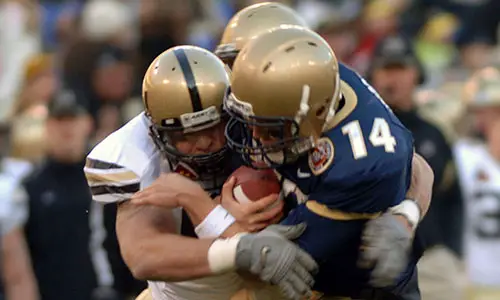As Taylor Swift’s billboard hit goes, “I’m just gonna shake shake shake shake shake, shake it off! Shake it off!” It’s easier said than done when dealing with concussions. Defined as the most common type of brain injury, it occurs when we hit our heads, or a rapidly moving object puts a number on our noggins. Basically, anything that has to do with us seeing birds and stars after a bad tumble, bump, or collision. It’s a violent shaking the results in the disturbance of brain function, as well as loss of alertness and in some cases, consciousness. Yikes.
Symptoms include: acting somewhat confused, feeling unable to concentrate, being drowsy, having a difficult time waking up, headaches, loss of consciousness for a fairly short amount of time, memory loss of events before the injury or right after the incident, nausea and vomiting, seeing flashing lights, and the notion of feeling like you’ve lost track of time. Or having a hard time grasping the concept of it, for that matter. If symptoms persist, please consult your doctor and refrain from strenuous activity. At the heart of it all, attention to safety precautions, and a good amount of rest is key to curing a mild concussion.
People may suffer from Physical, Cognitive, and Emotional symptoms, and the best way to go about them is knowing how to spot a concussion, and doing your best to comply to the rules of rest and best behavior, as hard as it may be. But enough about all that! Now that we’ve briefed you on the big hullabaloo, here are 10 interesting facts about concussions just for you:
Fact 1: Concussions are very prevalent when it comes to sports! The highest rate of recorded concussions in the NCAA is not in football, but in women’s ice hockey! Go figure? Following suit is boys’ soccer and girls’ volleyball.
Fact 2: Males are more likely to suffer concussions than females. Easy there, fellas.
Fact 3: Ever heard of the “how many fingers am I holding up? trick that seems to be an oldie but goodie? Not so good after all. The test needs to be done for eight minutes, and the best way to figure out whether or not your friend is a-okay is by asking them to repeat a set of words or digits backwards. See? You learn something everyday.
Fact 4: In the United States alone, roughly 300,000 athletes suffer from concussions every year.
Fact 5: No two concussions are the same. Someone with a mild concussion at first may seem just totally fine, but then wind up slipping into unconsciousness and suffering from something more severe. On the other hand, severe concussions might cause unconsciousness, but end up being fine, while others might be life threatening.
Fact 6: The Lystedt Law was named after Zackery Lystedt, who was 13 at the time he was severely injured after sustaining a concussion during a football game; returning to the field after being sidelined for just three plays. The law requires any young person showing signs of concussion to be examined and cleared by a licensed health-care provider before being allowed to return to play.
Fact 7: Once you have a concussion, it becomes easier for you to have a second concussion. Every additional concussion that occurs will increase the chances of a future concussion.
Fact 8: There’s going to be a database created and released in the near future about concussions and injuries sustained by athletes to further studies.
Fact 9: The word concussion comes from the Latin word concutere meaning “to shake violently”, the other term being concussus, meaning “action of striking together”.
Fact 10: Mike Webster files a disability application with the NFL Retirement Board, claiming his NFL football career caused him to have dementia after years of struggling with cognitive problems and concussions.











Leave a Reply